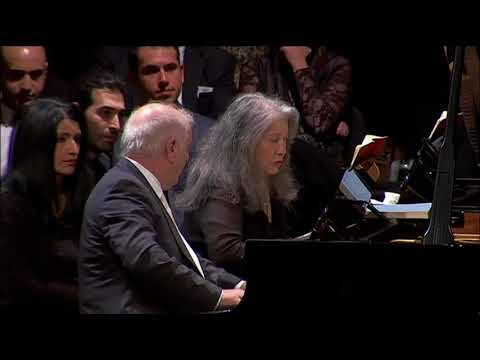Do you groove to the seventies disco beat of Anita Ward ringing her bell? Or is sitting in front of the fireplace, sipping a snifter of brandy and bemoaning Aida’s fate as the stone forever entombs her your thing? Either way, listening to music that you enjoy is good for your brain. And making music is even better!
Crank up the Radio: Music Does your Bra…
Keep reading with a 7-day free trial
Subscribe to From Brain to Mind to keep reading this post and get 7 days of free access to the full post archives.



